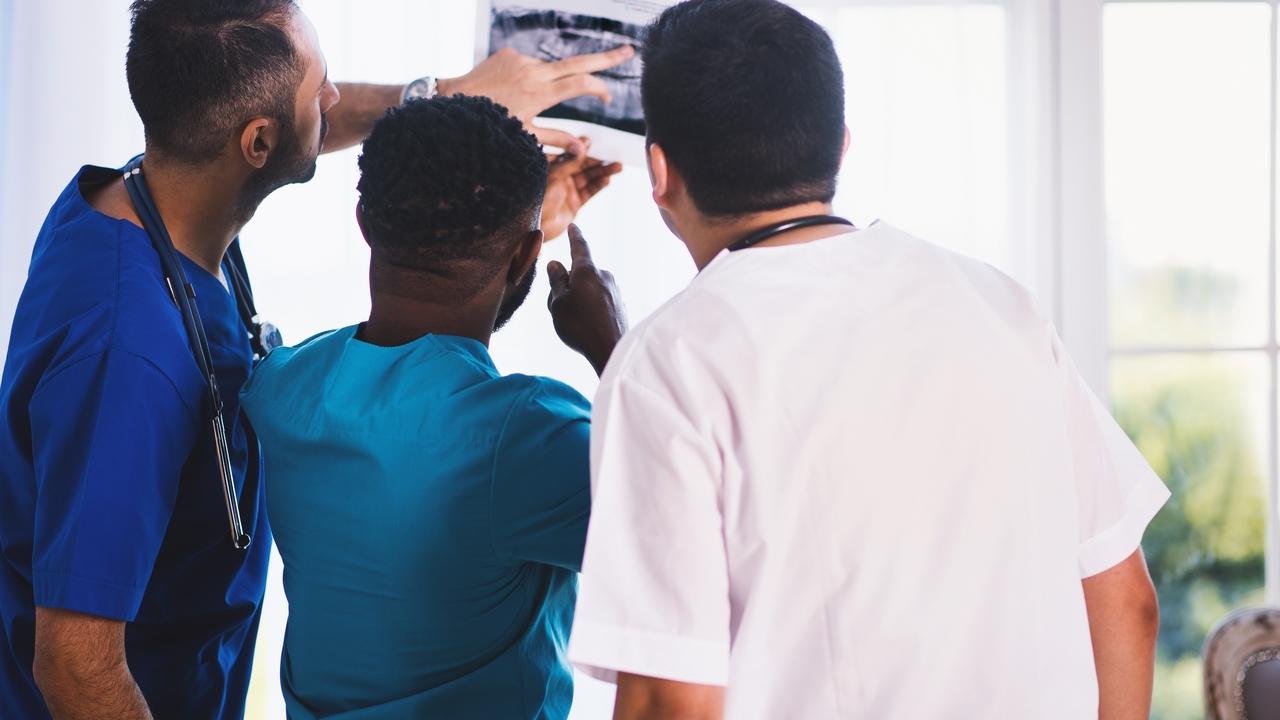Keeping Healthcare Healthy

We spend a lot of time in healthcare focused on patient outcomes, and that's how it should be. After all, we all got into this gig to help people cope with illness, injury, or incredibly bad luck. If we're not helping our patients out, we're doing it wrong.
But sometimes the focus on patient outcomes overshadows other important stories. If you're a physician, a nurse, a therapist, an aide, or otherwise involved in the front-line delivery of healthcare, your chances of being injured or becoming ill on the job are more than 4 times higher than if you worked in manufacturing.
Isn't that an incredible statistic? I couldn't believe it when I first heard it. Then I remembered all of the slips, trips, falls, scrapes, and yes, assaults from patients and disgruntled visitors, that I experienced or witnessed during my nursing career, and I thought that number suddenly seemed a little low.
There are twice as many healthcare workers as there are construction workers in this country, but there are 20 OSHA inspections on construction sites for every OSHA inspection of a healthcare facility. We know, collectively, that manufacturing is dangerous. We know that construction is dangerous. But even though we've got the stats to prove it, there's less than no interest in the fact that nursing is a dangerous profession.
As the author of What's So Funny About... Nursing?: A Creative Approach to Celebrating Your Profession I'm here to tell you there's nothing funny about this situation. We certainly can use humor to handle the stress and tension that comes with working in a chronically hazardous environment - I've got a list of "I just slipped in WHAT?" jokes longer than your funny bone! - but the time has come that we have a serious conversation about what we're going to do to make the situation safer for everyone.

